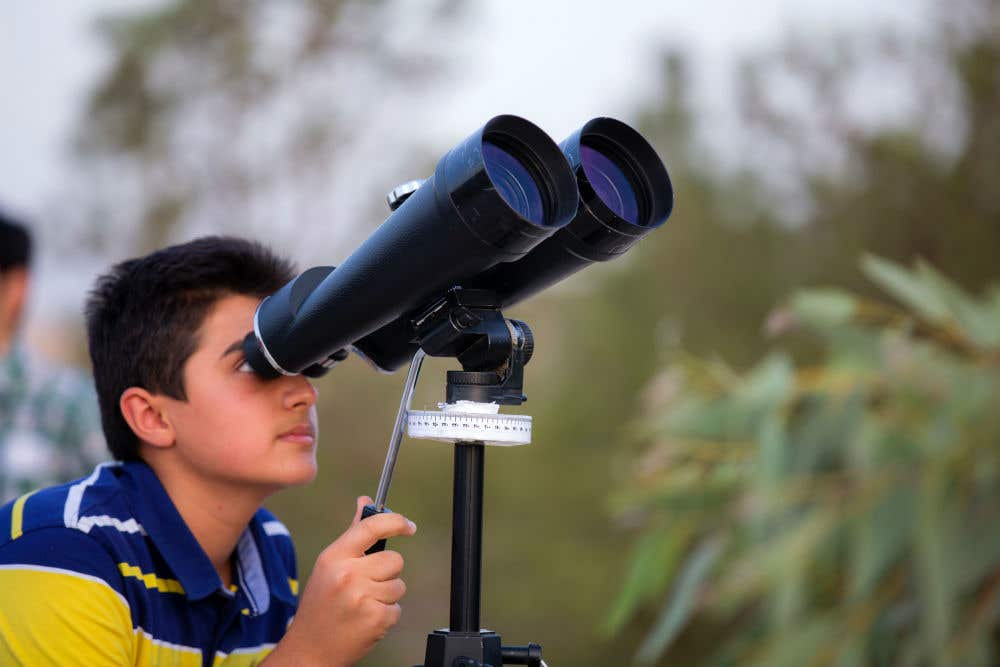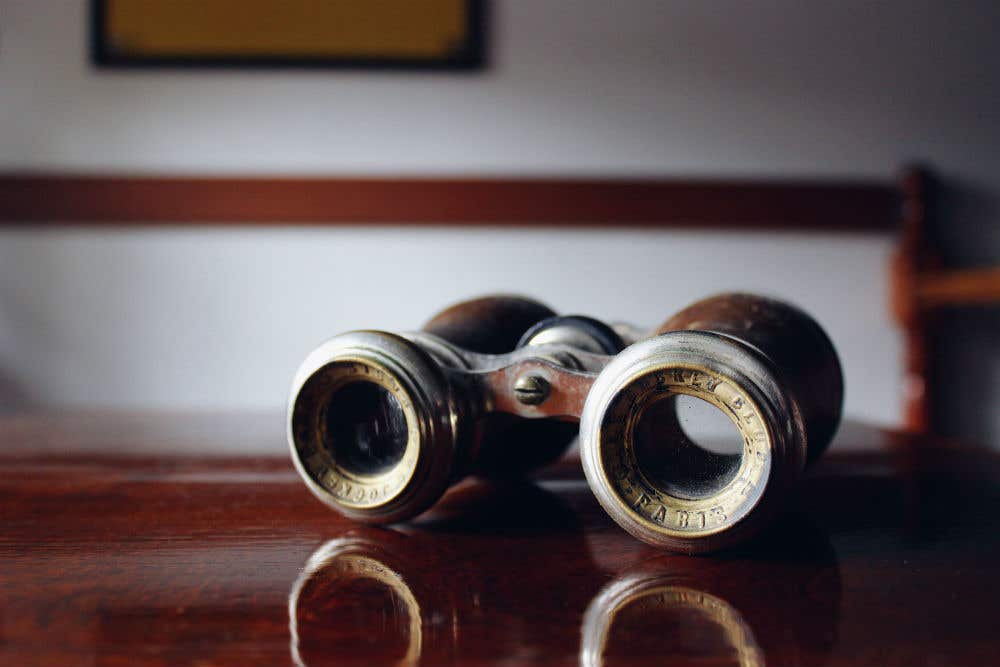5 Questions to Ask When Buying a Pair of Binoculars
So you've decided to explore the exciting world of binoculars. Whether you've been thinking about buying binoculars for some time, or just want to figure out which binoculars will be best for you, this quick guide from our expert team at Ted’s Cameras will help you get started.
These are some of the key questions you should consider before shopping for your binoculars:
1. What’s your price range?
Top-of-the-line binoculars will give you a perfect, crisp image in a comfortable, durable design. Lower price ranges also offer some great options, but usually involve a trade off between size and image quality.
When shopping for binoculars, you’ll probably see a wide range of prices. Understanding binocular specs, such as magnification and objective lens diameter, will help you figure out which pair works best for your needs.


2. What do the numbers mean, and why should you care?


These numbers are pretty simple once you know what they mean:
- Magnification - Binoculars are identified by two numbers, the magnification power and lens diameter. Example: 8 x 35 binoculars have a magnification power of 8. A magnification power of 8 means that an object will appear 8 times closer than it would to your unassisted eye.
- Objective Lens Diameter - The second number used in binocular identification refers to the diameter of the objective (front) lens. For example, 8 x 35 binoculars have objective lenses measuring 35mm.The diameter of the objective lenses largely dictates how much light your binoculars can gather. The more light, the brighter your image.
3. Do you want a compact size or crystal clear image?
How bright are the binocular bins?
How clear and crisp are the colours and shapes you see? Find somewhere dark to check the low-light performance of the binoculars, and pay special attention to clarity and image quality.
Binoculars with porro prism will often provide a clearer image, but are generally larger and heavier as a result. Roof prism binoculars, on the other hand, will usually be more compact and travel-friendly, but will usually result in a higher price.
Here are some common size categories to help you out:


- Full-Size (Such as 8 x 42, 10 x 50) - Full-size binoculars capture more light and work better in low-light situations. They are best for serious wildlife viewing or for use on boats, but probably too big and heavy for backpacking.
- Mid-Size (Such as 7 x 35, 10 x 32) - This is a great choice for on-the-go wildlife and sports viewing. If you like to attend outdoor events, you can skip binoculars with large objective lenses as conditions will usually be bright and ideal for viewing.
- Compact (Such as 8 x 25, 10 x 25) - These are best for daytime outdoor activities like backpacking, but they’re less comfortable during longer periods of use. If you’re after more compact binoculars for travelling, or want a more child-friendly option, then you might want to pick a pair that has a lower image quality, but is lighter due to a smaller lens size.
4. What magnification will you need?


Deciding the magnification of your binoculars is a personal choice, but will usually come down to what you want to use your binoculars for. For example, 10x are great for viewing wildlife at a distance, stargazing will be better with a 20x or similar.
Test out a range of models, and see how you feel. The size of your hands, face shape, how your eyes naturally focus, and strength of your arms can all impact your experience.
To find out what binoculars are best for specific activities, such as marine, astronomy and sporting, check out our guide to The Best Binoculars in 2019.
5. How important is eye relief to you?
Eye relief means the distance that images are projected from the lens to their focal point. This usually varies between 5mm and 23mm.
Lots of people ask what they should do with binoculars if they wear glasses. Most binoculars have been designed with eyecups that allow for comfortable viewing even with your glasses on. If you're looking for binoculars to use with your glasses or sunglasses, look for models that provide an eye relief of at least 15mm. Adjust the eyecups to their minimum position and make sure there’s enough eye relief - you shouldn’t see any black rings around the image.


Get expert advice
Buying good quality binoculars isn’t a decision that should be rushed. Take your time, do your research, and get expert advice for any extra questions you might have.
The team at Ted’s Cameras have created a great infographic to help you narrow your choice down below.
If you have any further questions, don’t hesitate to contact us online, give us a ring at 1300 768 833 or drop by your local store.
Next Post
10 Things to Know About Aerial Drone Photography at Weddings
Previous Post
Canon & Getty Images "This is Australia" Program

